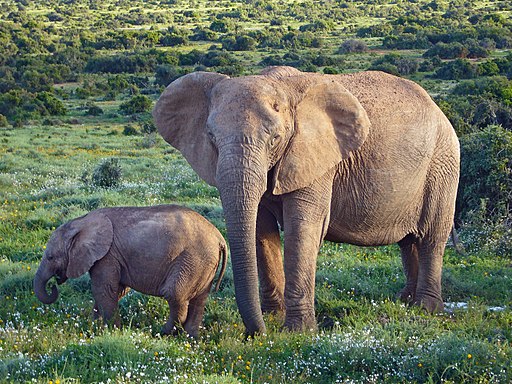 |
| Public Domain Image (PD-1923) via Wikimedia Commons |
You may wonder where the males are. Well, you'll usually find them connected to the body of the female. When a male angler becomes sexually mature, his digestive system stops working. His options are then to either die of starvation, or find a female and join with her as a parasite. Neither option is a great one for the poor male. When he finds a female, he bites her, and then his mouth dissolves into her body. Their blood vessels merge, and over time, the male's organs are absorbed until the only things left of him are his gonads. The female can then use them when she wants to spawn, and she can end up with up to six "males" attached to her.
As far as the lure and giant teeth: the female uses her lure like a human angler would - to draw her prey (other fish) close enough for her to snatch with those teeth. The teeth are angled inward to help keep the prey from escaping, and her jaw and body are pliable enough to allow her to eat prey twice her size.
(Apologies for the lack of updates lately. My classes are starting to take up most of my time. I'll post again soon... I promise!)







